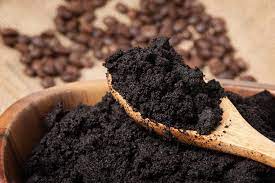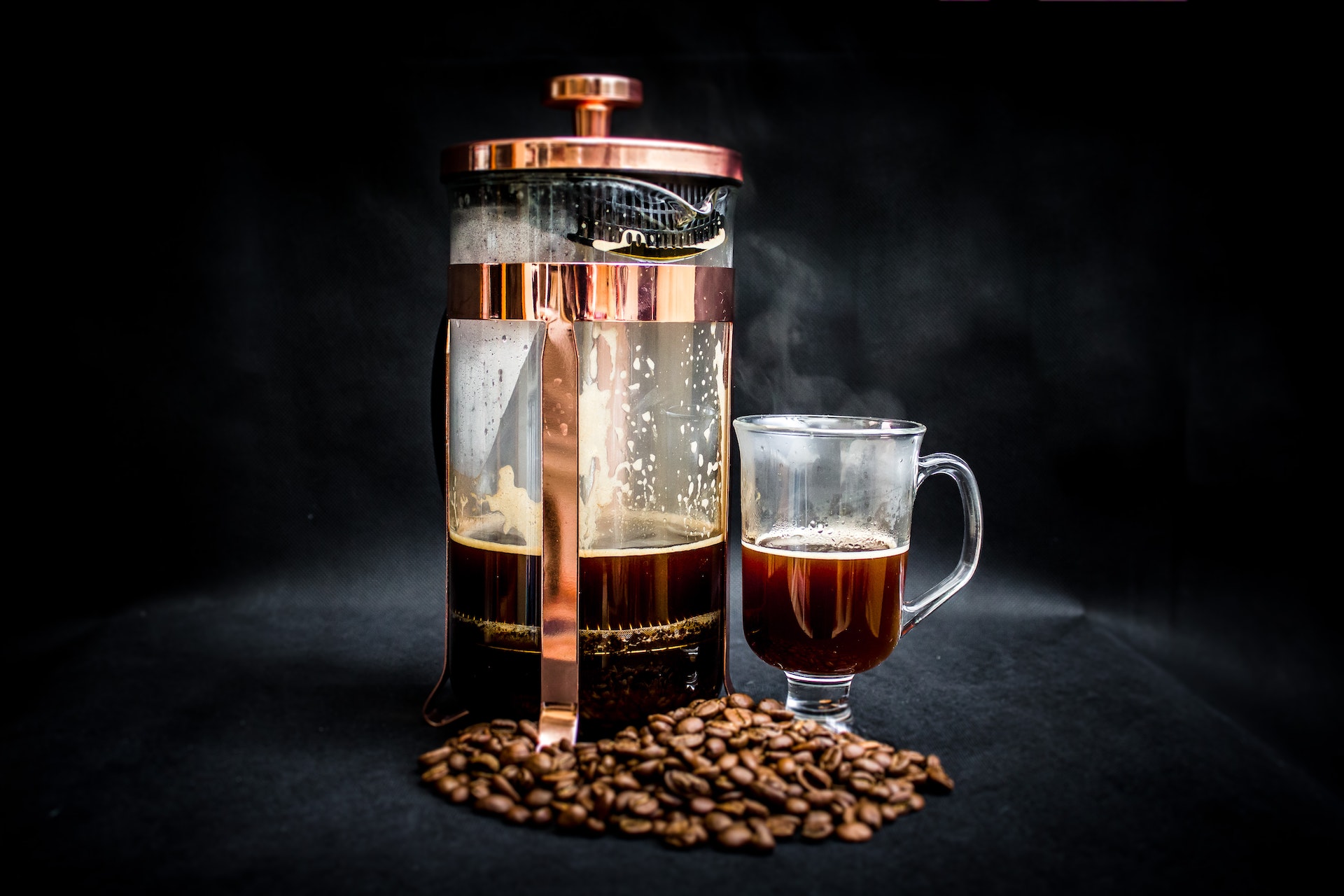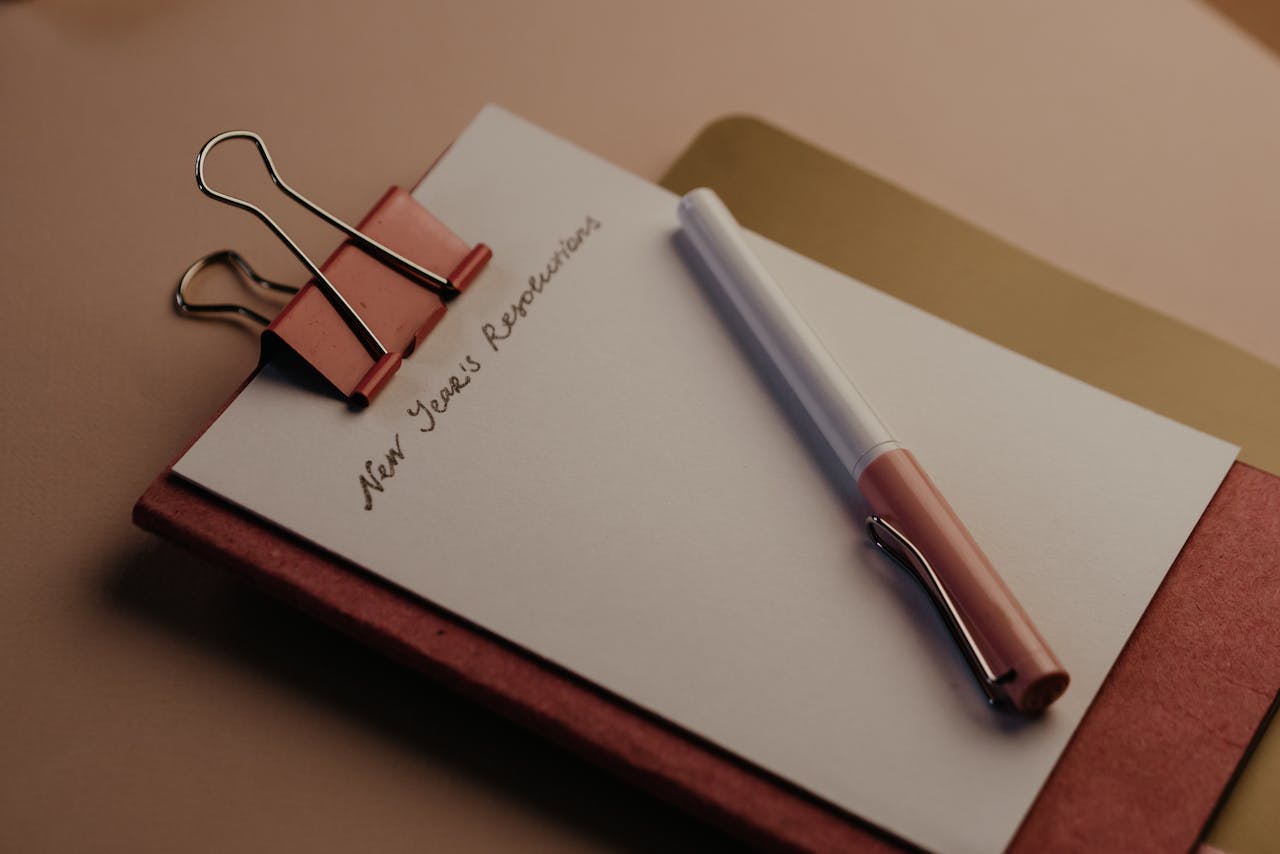Are you a coffee lover seeking eco-friendly practices? Discover how to reduce your coffee footprint and enjoy a sustainable daily brew without compromising on flavor or convenience. The following article emphasizes the importance of consumers reducing the environmental impact of their daily coffee routines dominated by consumerism. Join us as we explore simple yet impactful ways to make your coffee routine more environment-friendly and contribute to a greener future, one cup at a time. Let’s sip responsibly!
1. Stop going to Starbucks to reduce your coffee footprint
When you think of a nice coffee date out in the town with yourself, I am sure Starbucks comes to mind as an instrumental establishment in ensuring the richness of your caffeinated experience. However, it also ensures that your cup gets tossed in the trash just like 8,000 other plastic cups around the world that were used in the same minute as you. Of course, it is about time we hold Starbucks accountable for its lack of sustainable packaging and their absence of low carbon footprint coffee on the acclaimed menu, but how much longer must we wait? It is time for you to start taking matters into your own hands, and you will be surprised by how calming the experience of brewing your own coffee can be.

In order to stop going to expensive cafes, selecting your coffee brand becomes important. While there are local ways to source delicious coffee beans, you will want to start out with brands that sell organic coffee and are strictly fair trade coffee. Fair Trade mark ensures that the industry does not drown out the rights of farmers who make a livelihood harvesting coffee beans for us. Keeping a look out for this simple mark will ensure financial support to only ethical businesses in the market that support sustainable coffee production through tactics of shade-grown coffee farming, coffee grounds fertilisers, and ensuring ethical remuneration for farmers.
2. Try a soothing, cold Brew

Traditional Coffee requires you to heat the water or milk, whichever you prefer, with a stove or a kettle. However, the heating process takes up a lot of energy that, in the long run, will incrementally increase the size of your carbon footprint. It’s time to try a cold brew if you have not tried one already!
Sustainable coffee brewing has never been easier. If there is one thing you must know about making a cold brew for the first time, it is this: you will require an implementation of setting a cold brew jar in the fridge or a cool place in your daily routine. This is because of the process of cold brewing that can take up to 12 hours. It can extend up to 24 hours but after the 12 hour mark, keeping the cold brew out for longer simply depends on how strong you prefer your coffee to be. Cold brew coffee saves ample energy compared to warming your morning drink. This tip might not be for everyone, especially warm drink lovers in the cold mornings.
Not to forget, it saves you money in the long-run that you can cleverly allocate into your organic coffee purchases and visits to sustainable coffee makers in your city.
3. Reduce your coffee footprint by giving up single-serve capsules

Yes, most of our daily routines cannot wait for anyone or anything- not even the train we must take to get to our college/office. However, single-serve capsules is quite literally the most cruel means of getting our daily fix to the environment. Most of these capsules come in containers made of plastic and aluminum and goes straight to the sea once we are done with them.
Unlike what most branded articles or capitalistic reviewers would tell you, single-serve capsules do not have any ‘unexpected environmental advantages’ like lesser energy consumption owing to its lesser quantity. These single-serve pods have a small quantity that you have no control over, and the energy taken to heat them will be the same as any other amount. It is simply a blatant disrespect to coffee fanciers. By buying own coffee grounds, you will support ethical businesses that harvest coffee- not corporations that have a knack for always prioritising profits over the environmental impact of their operations.
4. Brew Manually

In order to start brewing at home, many articles might make it seem like you must purchase a high-end coffee machine to ensure the same quality of coffee that you have grown used to when you’re out and about in town. That cannot be farther from the truth as brewing manually with a simple cup and press can produce a cup of coffee just as good while reducing your coffee footprint! Not only are single drip coffee makers energy-costing and expensive to your wallet, they do not guarantee a longer life span than your regular inexpensive cup/jar. There are various methods of brewing that can help you sustain your eco-friendly means of living, but also spiritually absorb you in the process of brewing, such as the famous French Press, the simple Pour-Over method (ensure that you buy a metal filter!), and the beautiful Chemex.
5. Check out Black, Specialty Coffee
Dairy farming is responsible for about 2.9 percentage of the total amount of human-induced greenhouse gas emissions into the atmosphere. It is also quite possibly one of the most unethical industries that this world has seen. Unless you are locally sourcing your milk and supporting your town’s economy, you should consider taking your coffee black!
Was that too worrisome of an idea? If milk is a must-have ingredient for your daily fix, I have some good news for you. Specialty coffees might be your next best find in the caffeine realm! Specialty Coffees are a joy to experiment with as it is a new way of achieving new tastes that cannot be recreated by your usual fix. You can try honey processed beans, a mellow cold brew, or even switch to non-dairy milk that are plant-based. Experimenting with non-dairy milk and the coffee beans you like is another journey you can go on without spending too much of a dime going to your local expensive cafe to experience the same taste.
6. Reuse your Coffee Grounds

If we have sold you on the idea of buying your own coffee by now, we have additional good news for you- the grounds that are left behind after every cup can be used for a variety of different things. One of the most popular use of coffee grounds is that of being a good fertiliser. If you have house plants, you should not think twice before sprinkling the coffee grounds above their beds.
If you are a skincare enthusiast, these coffee grounds make themselves out to be one of the most efficient natural exfoliators. Without risking a possible manufactured sharpness of your exfoliating product touching your skin, these coffee grounds will ensure that your skin receives a well-massaged treatment without puncturing your pores.
If neither of these two possibilities quite resonate with you, you can take this chance to connect with your local producers of agriculture and initiate a friendly relationship where you can supply them with free fertiliser that supports their livelihood in a sustainable manner. There can be many other noble ideas to reduce to coffee footprint.
Conclusion
Coffee and environment can go together without hurting one another- even in the age of fast, mechanical brews and unsustainable coffee shops. We, as consumers, have control over our choices and who we support in the market. Reducing our coffee footprint by shopping sustainably, rewards our behind-the-scenes green heroes who give us the choice of getting sustainable cups of coffee. After all, living by setting our own terms will be the new Green Consumer’s revolution- one coffee cup at a time.










